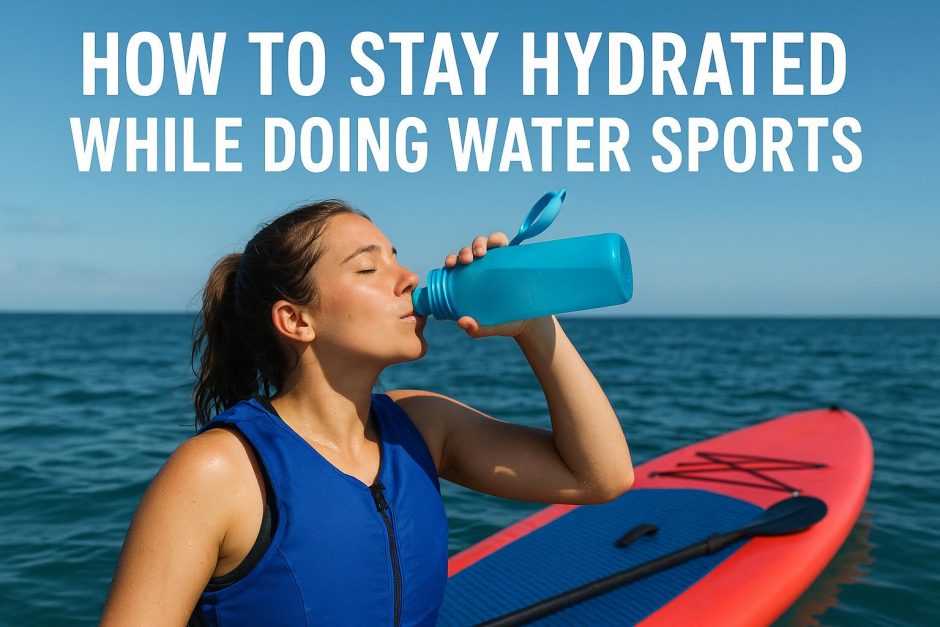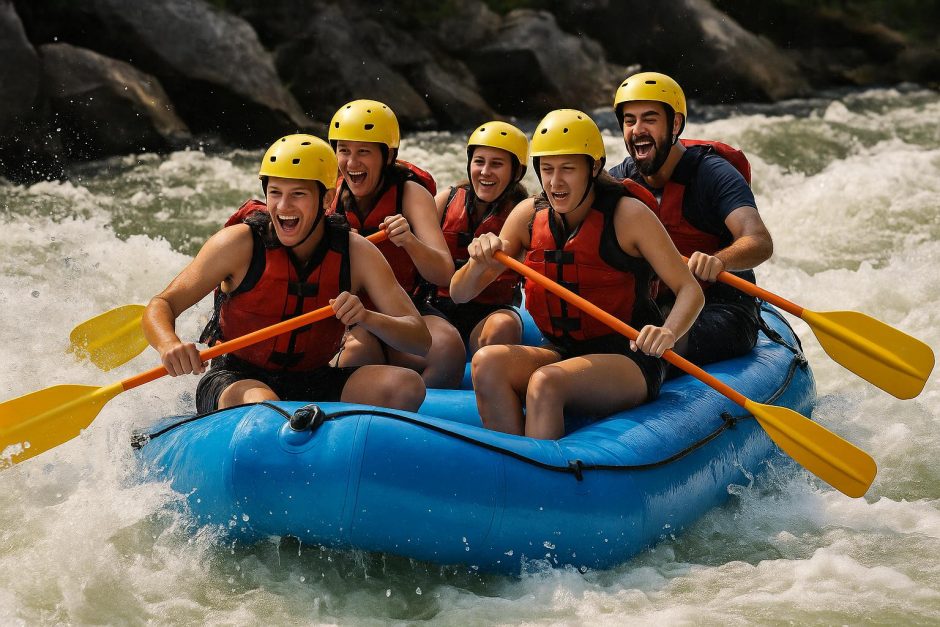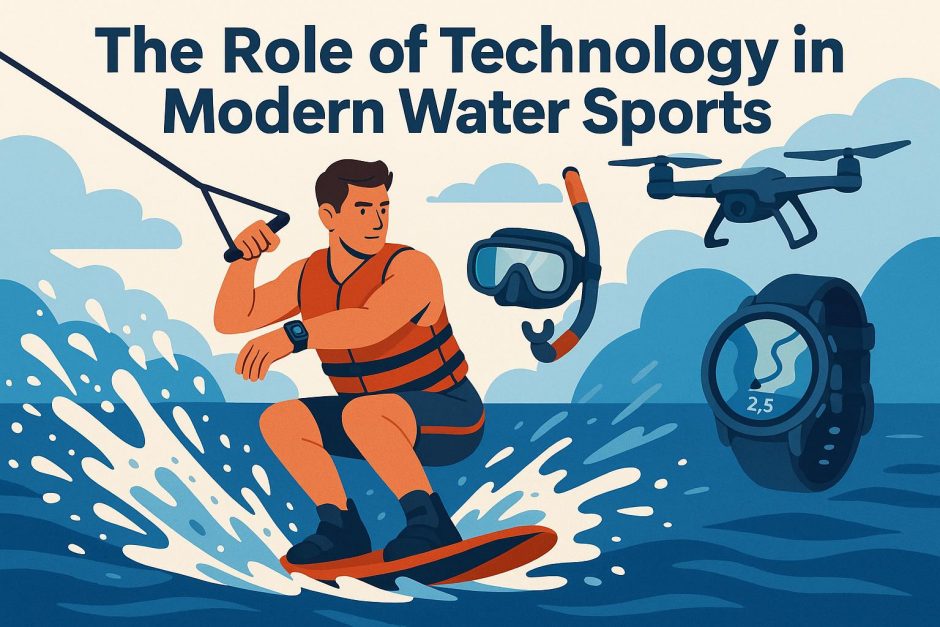Understanding the Importance of Hydration
Water sports are physically demanding activities that can lead to significant fluid loss through sweat, even though you’re in or around water. Staying properly hydrated is crucial for optimal performance and safety. Dehydration can impair your endurance, focus, and overall ability to perform, making it essential to prioritize hydration before, during, and after participating in water sports.
Pre-Activity Hydration
Proper hydration starts long before you hit the water. To maintain hydration levels, it is important to begin hydrating well in advance of your activity. This pre-activity period is crucial for establishing a good hydration baseline. Establishing such a baseline helps in maintaining the body’s fluid balance once you begin the activity. Water is an excellent choice, but incorporating electrolyte-rich fluids is equally beneficial. Electrolytes are critical because they help in maintaining fluid balance and support muscle function, especially during prolonged activities.
Aim to drink at least 500 ml of water two hours before engaging in your water sport. This amount gives your body enough time to balance fluid levels and ensure adequate circulation. Consider beverages with added electrolytes, as they have a dual function: they prevent dehydration and regulate the nerves and muscles.
Avoiding Overhydration
While staying hydrated is important, there is a need to strike a balance, avoiding excessive fluid intake. Overhydration, or water intoxication, is a condition where the concentration of sodium in your blood becomes too low due to excessive water consumption. This dilution can lead to potentially dangerous complications such as hyponatremia.
To balance hydration without overhydration, pay attention to your thirst cues. Your body naturally signals when it needs water, so it’s essential to listen to those signals rather than forcing yourself to drink when you are not thirsty.
During-Activity Hydration Strategies
Once the activity starts, maintaining hydration becomes the focal point, and it might be easy to overlook this necessity, especially because you are surrounded by water. However, strategic planning can prevent this. Using a waterproof hydration pack or taking regular breaks to drink water are practical methods to ensure consistent hydration.
The recommended fluid intake varies depending on factors such as the intensity of the activity and environmental conditions. As a general guideline, aim to consume about 150-250 ml of water every 20-30 minutes during activity. This approach helps maintain the minimal fluid needed by the body during physical exertion.
Supplementing with Electrolytes
For activities lasting longer than an hour, replenishing lost electrolytes becomes necessary. Electrolyte supplementation through drinks or specific products like tablets, powders mixed in water, or specially formulated sports drinks can prove beneficial. These supplements help maintain energy levels and fend off common issues associated with water sports such as muscle cramps.
Electrolytes, particularly sodium, potassium, magnesium, and calcium, are pivotal in muscle contraction and relaxation. During intense physical activity, these are depleted faster, making supplementation vital.
Post-Activity Rehydration
After completing your water sports activity, replenishing the fluids and electrolytes lost is crucial. Weighing yourself before and after the activity provides a practical method to gauge the volume of fluid loss and facilitates accurate rehydration. A general rule of thumb is to drink approximately 1.5 liters of fluid for every kilogram lost.
Rehydration is not just about replenishing water but also replenishing electrolytes to restore the balance needed for bodily functions and to accelerate recovery.
Choosing the Right Fluids
In addition to water, considering fluids that support rehydration can be advantageous. Drinks like coconut water, milk, and specially formulated recovery beverages offer the additional benefits of electrolytes and nutrients. These drinks not only aid rehydration but also provide energy and facilitate nutrient absorption, contributing to faster recovery.
A balanced post-activity meal complemented by fluids can also significantly aid in the recovery process, providing the body with the nutrients necessary to repair tissues and replenish energy stores.
Other Considerations
Understanding individual differences in sweat rates and hydration needs is pivotal for optimizing hydration strategies. Variables such as personal fitness level, weather conditions, and duration of activity can all influence your specific hydration needs.
For instance, a highly fit individual might sweat more efficiently, losing more electrolytes, necessitating a tailored rehydration strategy to meet their unique needs. Similarly, hot, humid climates increase sweat rates, intensifying fluid and electrolyte loss. Adjusting hydration plans according to these variables ensures effective hydration management.
For more individualized guidance, consulting a nutrition or sports specialist can provide personalized insights into hydration strategies for water sports. Such consultation can ensure safety and enhance performance while enjoying your favorite water-based activities.





